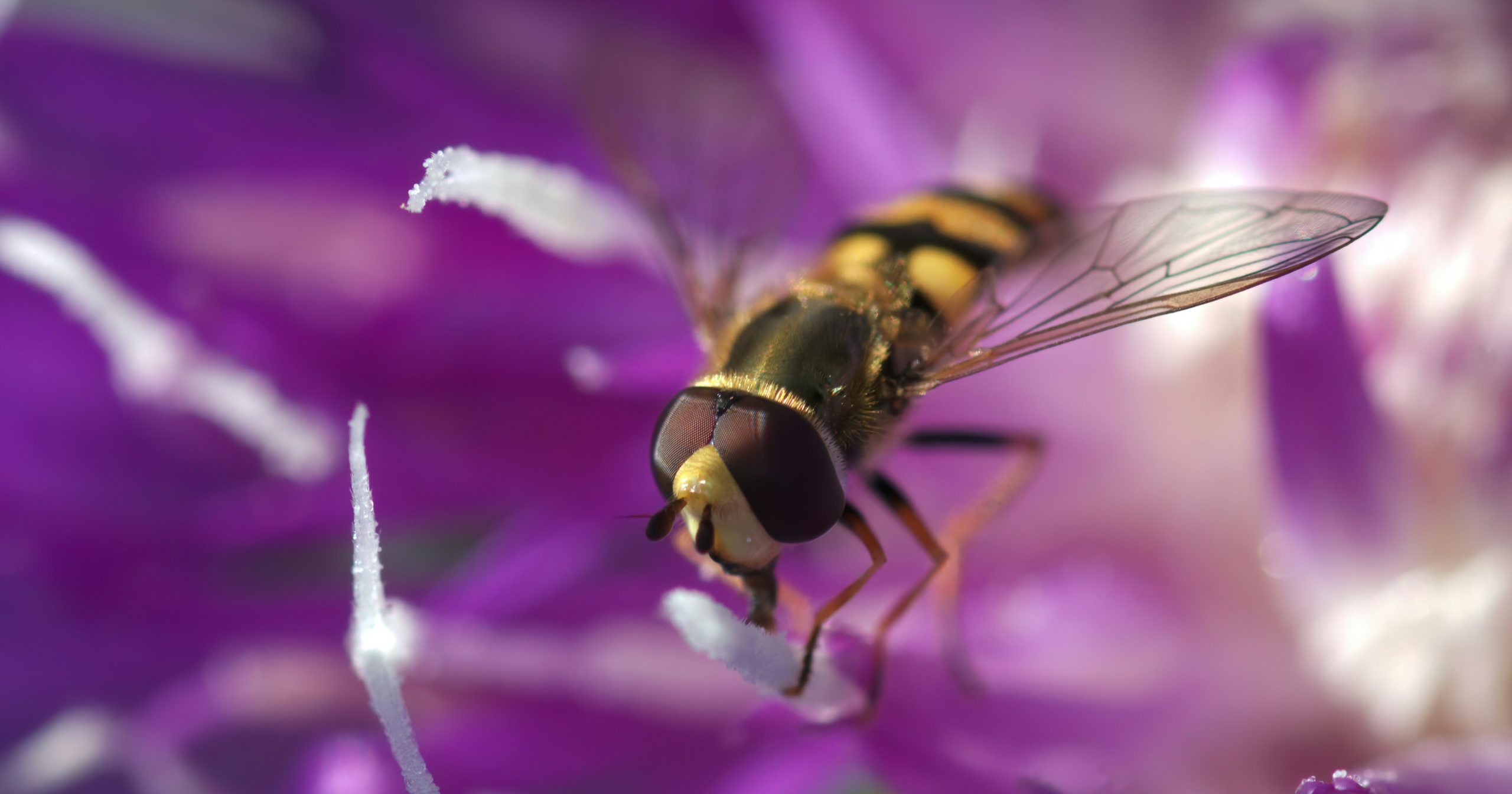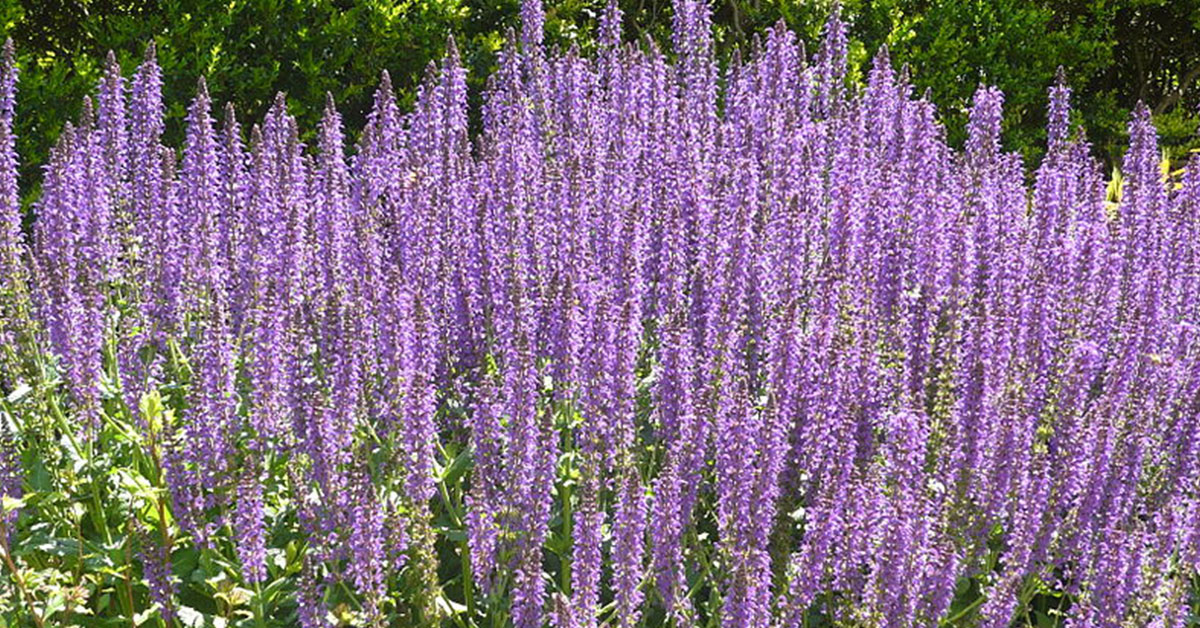When we think of beneficial insects for our gardens, we often picture ladybugs, bees, and butterflies. However, there’s an unsung hero in the insect world that you might not be familiar with: the hoverfly. This incredible insect not only helps with pollination but also acts as a natural pest control agent. By understanding and encouraging hoverflies in your garden, you can enhance the health and productivity of your plants.
I can’t tell you how thrilled I was when I first learned about hoverflies. They are truly a gardener’s ally, working tirelessly behind the scenes. Let’s dive into the amazing benefits of hoverflies and how you can attract them to your garden to create a thriving, balanced ecosystem.
What Are Hoverflies?
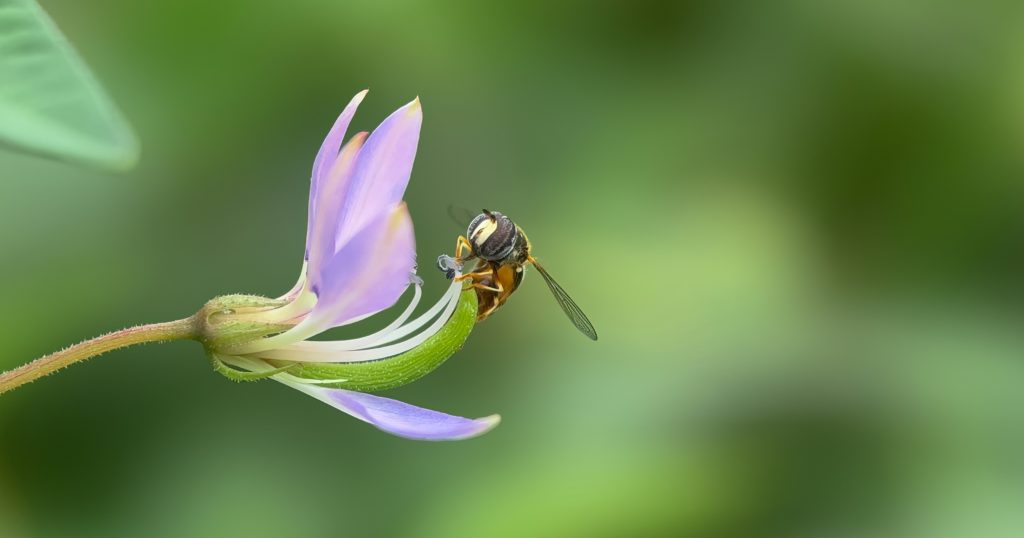
Hoverflies, also known as syrphid flies, are a diverse group of insects that belong to the Syrphidae family. They are often mistaken for bees or wasps due to their black and yellow striped bodies. However, hoverflies are harmless and lack the stingers that their look-alikes possess. One of the most remarkable features of hoverflies is their ability to hover in mid-air, a skill that gives them their common name.
Hoverflies play a dual role in the garden: they are both pollinators and predators. Adult hoverflies primarily feed on nectar and pollen, making them excellent pollinators for a wide variety of plants. Their larvae, on the other hand, are voracious predators of aphids and other soft-bodied pests. This dual functionality makes hoverflies incredibly beneficial for maintaining a healthy garden.
Hoverflies as Pollinators
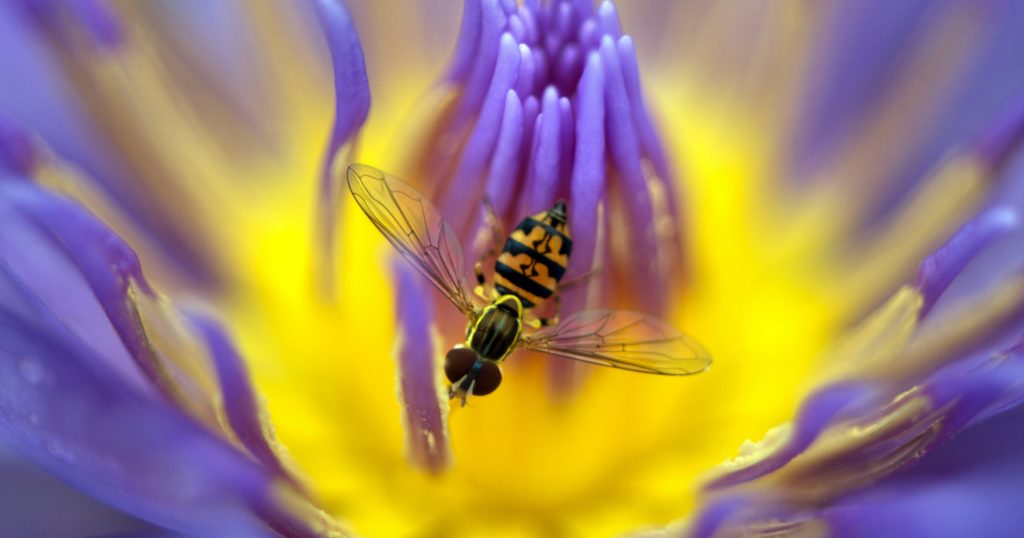
Hoverflies are essential pollinators, particularly for flowers that are less attractive to bees. They visit a wide range of plants, including herbs, fruits, vegetables, and ornamentals. As they feed on nectar, hoverflies transfer pollen from one flower to another, facilitating the process of pollination. This is crucial for the production of fruits and seeds in many plants.
In my garden, I’ve noticed that hoverflies are particularly drawn to umbelliferous flowers like dill, fennel, and yarrow. Planting these and other nectar-rich flowers can attract hoverflies and boost pollination. Their presence ensures that even the less popular flowers get pollinated, leading to a more productive garden.
Hoverflies as Natural Pest Control
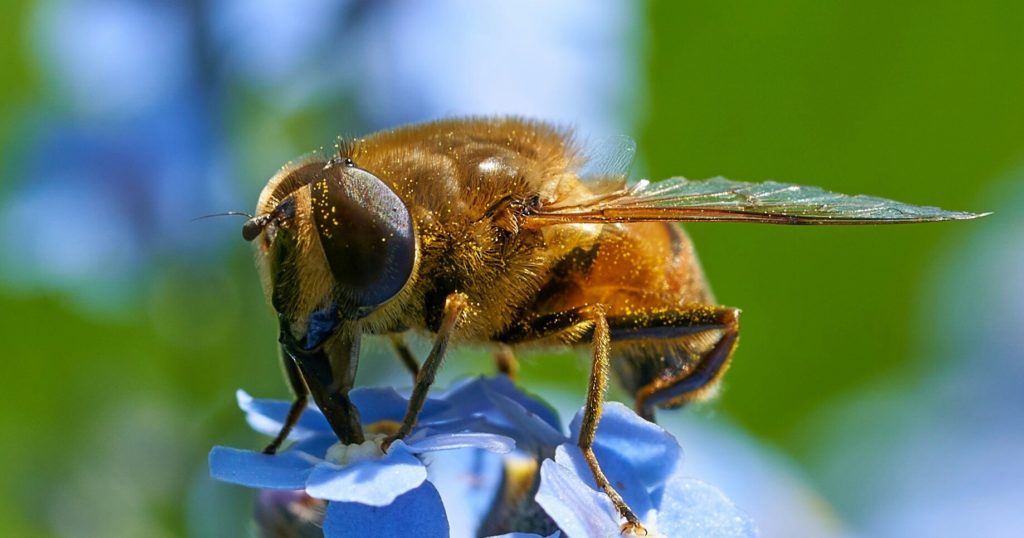
One of the most significant benefits of hoverflies is their role in natural pest control. Hoverfly larvae are known to consume large numbers of aphids, thrips, and other harmful pests. A single hoverfly larva can eat hundreds of aphids during its development, making them a formidable ally in the fight against garden pests.
I remember struggling with aphid infestations in my garden before I learned about hoverflies. Now, I rely on these incredible insects to keep the aphid population in check. Encouraging hoverflies to visit your garden can reduce the need for chemical pesticides, leading to a healthier and more balanced ecosystem.
Attracting Hoverflies to Your Garden
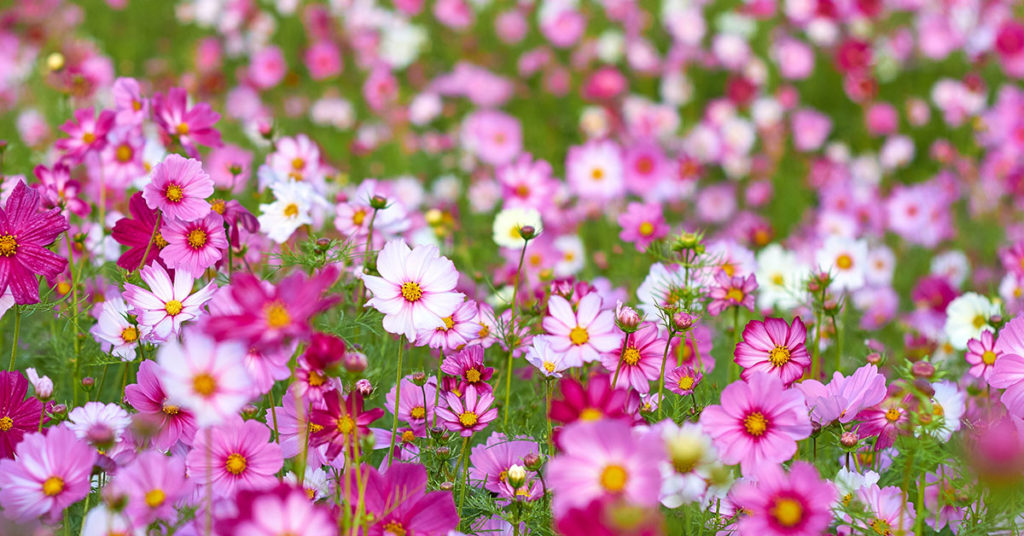
Attracting hoverflies to your garden is easier than you might think. They are drawn to a variety of nectar-rich flowers, particularly those with small, open blooms that provide easy access to nectar. Plants like marigolds, alyssum, and cosmos are excellent choices for attracting hoverflies. Additionally, planting herbs such as dill, parsley, and coriander can provide both nectar for adults and habitat for larvae.
Creating a diverse garden with continuous blooms throughout the growing season is key to attracting hoverflies. Providing water sources and avoiding the use of chemical pesticides will also help create a welcoming environment for these beneficial insects. By making a few simple changes, you can attract hoverflies and enjoy the many benefits they bring.
The Lifecycle of Hoverflies
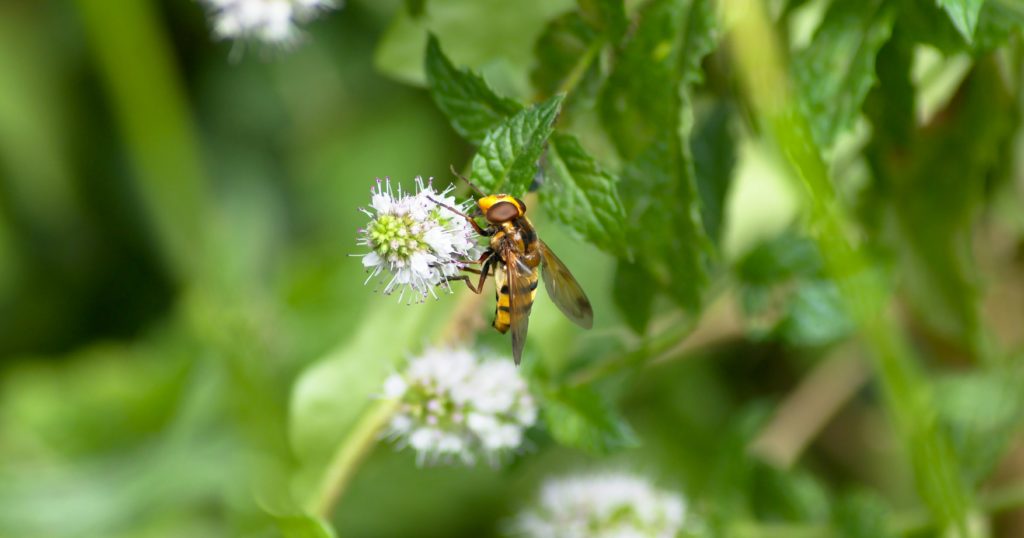
Understanding the lifecycle of hoverflies can help you better appreciate their role in your garden. Hoverflies undergo complete metamorphosis, with four distinct stages: egg, larva, pupa, and adult. Females lay their eggs near aphid colonies, ensuring that the larvae have an immediate food source upon hatching. The larvae feed on aphids and other pests before pupating and emerging as adults.
Watching the lifecycle of hoverflies unfold in your garden is fascinating. From the tiny eggs to the voracious larvae and finally the graceful adults, each stage plays a crucial role in maintaining a healthy garden. Encouraging hoverflies at every stage of their lifecycle can significantly enhance your garden’s health.
Hoverfly Habitats
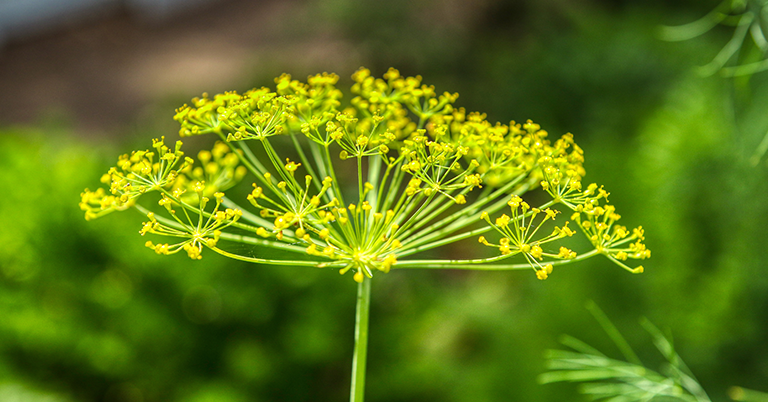
Creating habitats for hoverflies involves providing the right plants and environmental conditions. Hoverflies thrive in gardens that offer a mix of flowering plants, tall grasses, and shrubs. These provide food sources for adults and shelter for larvae. Leaving some areas of your garden undisturbed can also create ideal habitats for hoverflies to lay their eggs.
Incorporating a variety of plants that bloom at different times ensures a continuous food supply for hoverflies. Additionally, providing small water sources, such as shallow dishes filled with pebbles and water, can help hoverflies stay hydrated. By creating diverse and hospitable habitats, you can support hoverfly populations and enjoy their many benefits.
Observing Hoverflies in Action
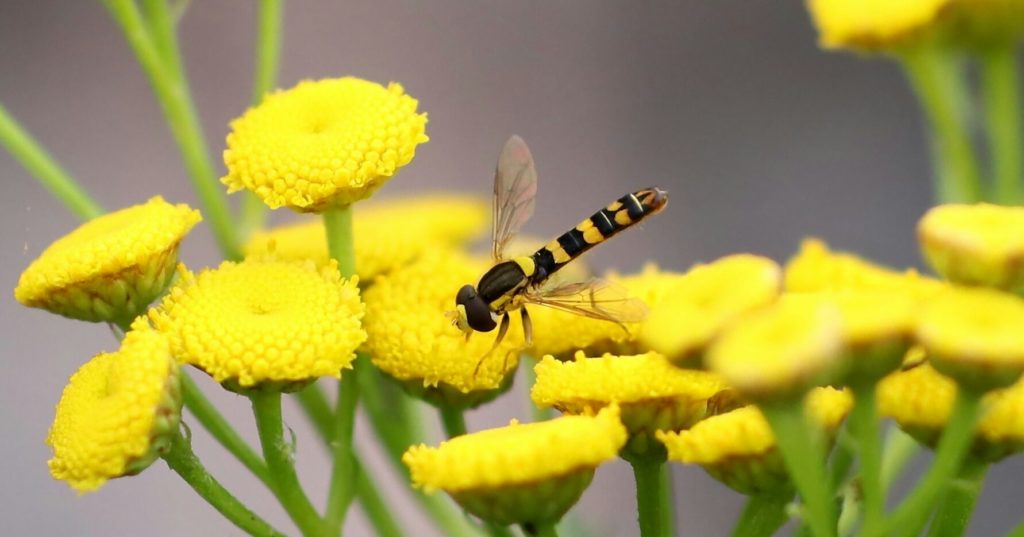
One of the joys of gardening is observing the interactions between plants and insects. Watching hoverflies darting from flower to flower or larvae feasting on aphids is a reminder of the intricate web of life in your garden. Taking time to observe these activities can deepen your appreciation for hoverflies and their vital role.
I often spend time in my garden simply watching the hoverflies at work. It’s fascinating to see them hover effortlessly and land with precision on flowers. Their presence is a testament to the health of my garden, and I find their activity both calming and inspiring.
Common Misconceptions About Hoverflies
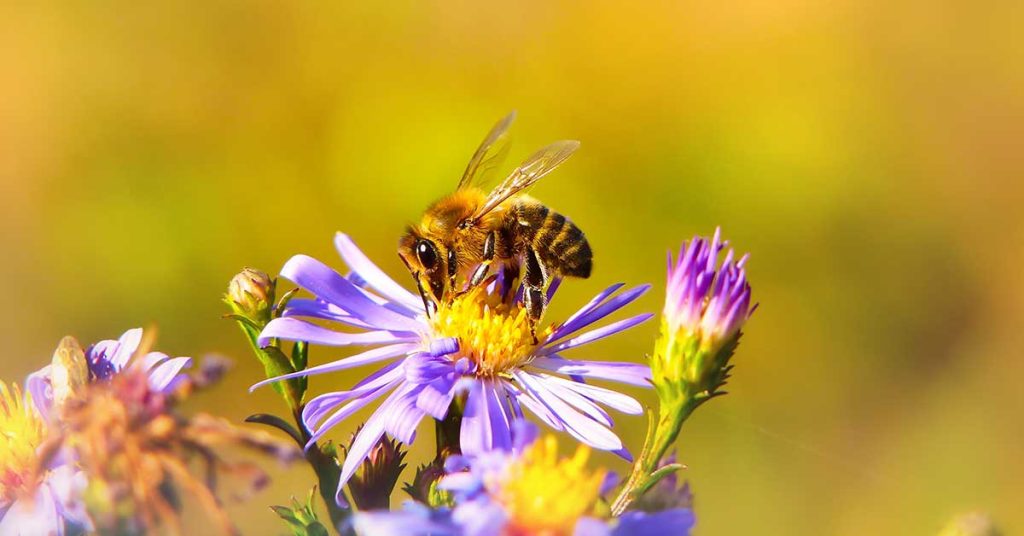
Hoverflies are often mistaken for bees or wasps, leading to unnecessary fear or attempts to eradicate them. It’s important to educate yourself and others about the differences between these insects. Unlike bees and wasps, hoverflies do not sting or bite, making them safe to have around your garden.
Another misconception is that hoverflies are only beneficial during certain times of the year. In reality, hoverflies can be active from early spring to late fall, depending on the climate. Providing resources for them throughout the growing season ensures their continuous presence and benefits in your garden.
Hoverflies and Biodiversity
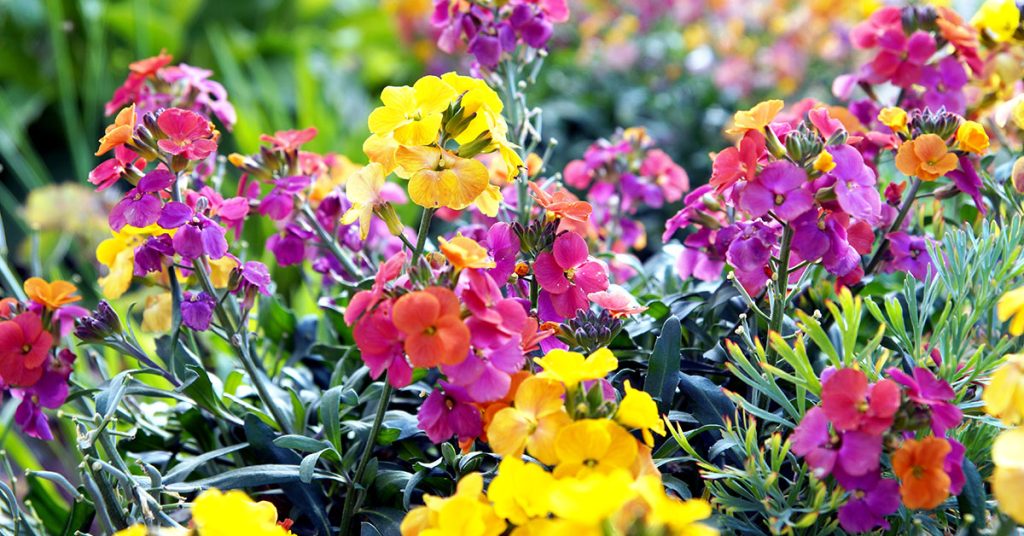
Supporting hoverflies in your garden contributes to overall biodiversity. A diverse garden with various plants and insects is more resilient to pests and diseases. Hoverflies play a critical role in this balance by controlling pest populations and aiding in pollination.
I’ve noticed that gardens rich in biodiversity tend to be healthier and more productive. Hoverflies are a key component of this diversity, working alongside other beneficial insects to create a robust and thriving ecosystem. By fostering biodiversity, you can enjoy a more vibrant and resilient garden.
The Future of Hoverflies
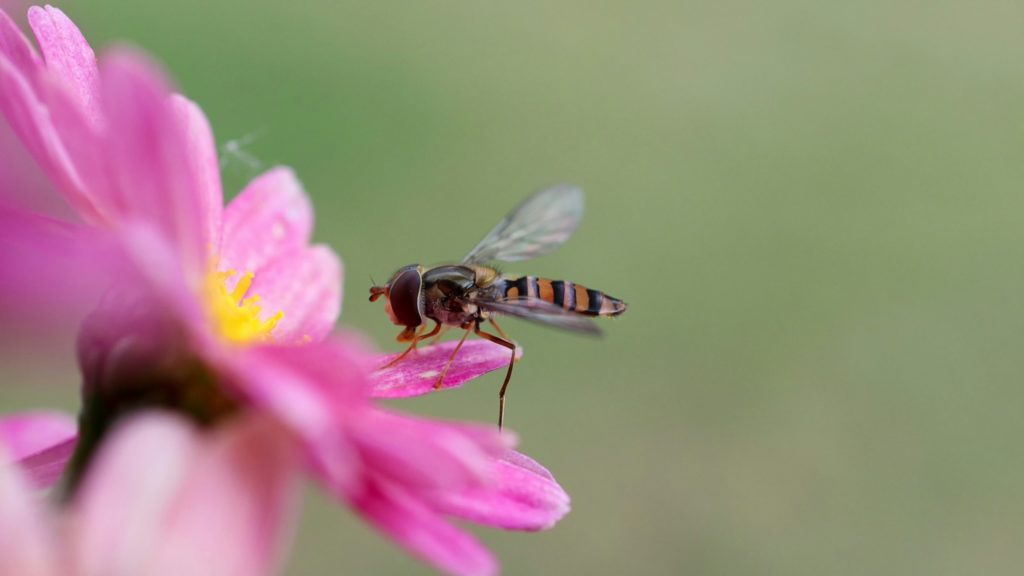
As gardeners, we have a responsibility to support beneficial insects like hoverflies. With increasing threats from habitat loss, pesticides, and climate change, hoverfly populations can decline without our help. By creating hoverfly-friendly gardens, we can contribute to their conservation and the health of our environment.
Thinking about the future, I’m committed to making my garden a haven for hoverflies and other beneficial insects. Every plant and habitat we provide makes a difference, ensuring that these incredible insects continue to thrive and support our gardens. Together, we can make a positive impact on the future of hoverflies and our planet.
